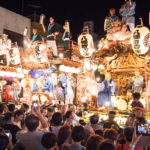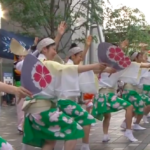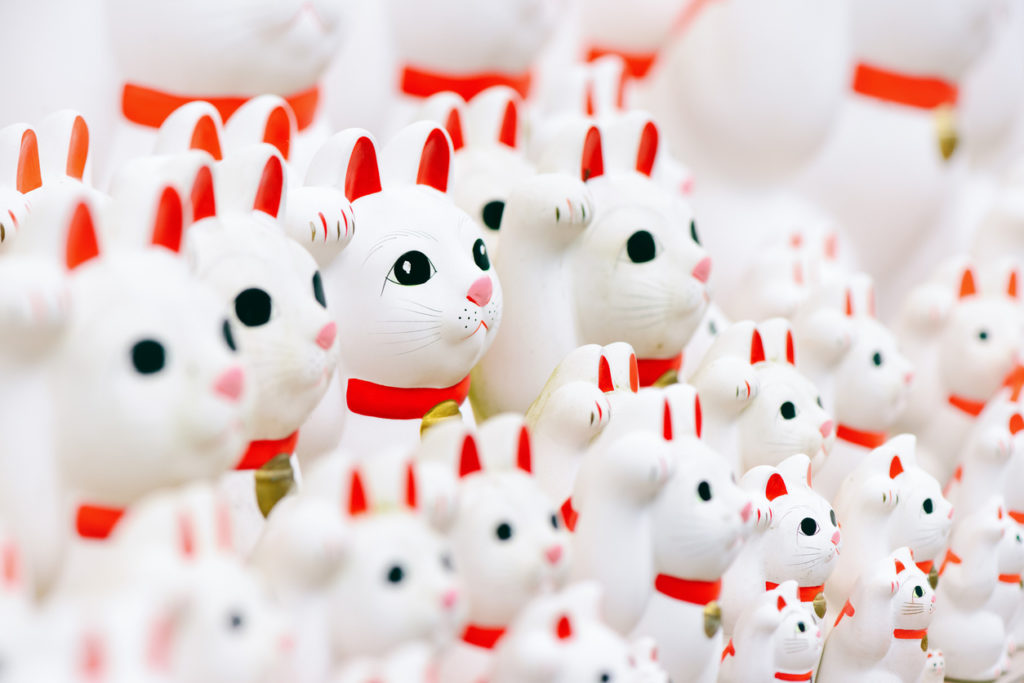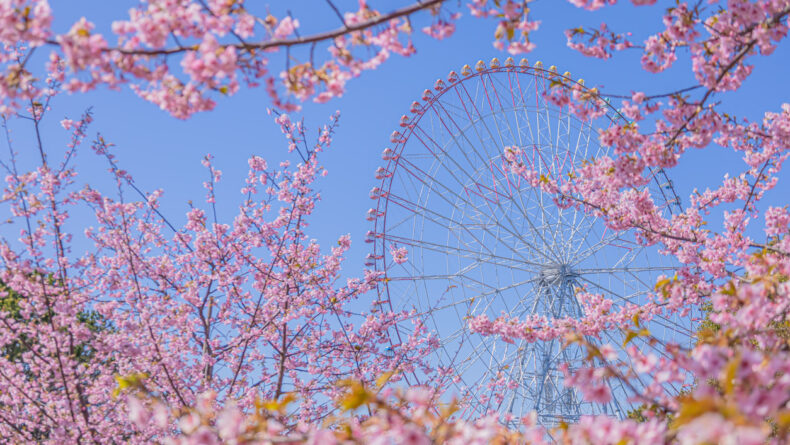The Fine Line Between Sakura And Romance
Love Is In The Air — And So Is Change
With the dull cold days of winter almost behind us, it's time for the season of new beginnings and changes, all of which are symbolized by the cherry blossom in Japan.
The hanami season in Japan symbolizes both ends and beginnings; The end of the cold winter days, school, your last job—or residence. Simultaneously, it also opens the buds of everything new in the Japanese people’s lives; New jobs, academic year and even relocation. Is it accidental that this also implies to relationships? Not really. Let’s talk about the fine line between sakura and romance.
Sakura Symbolism
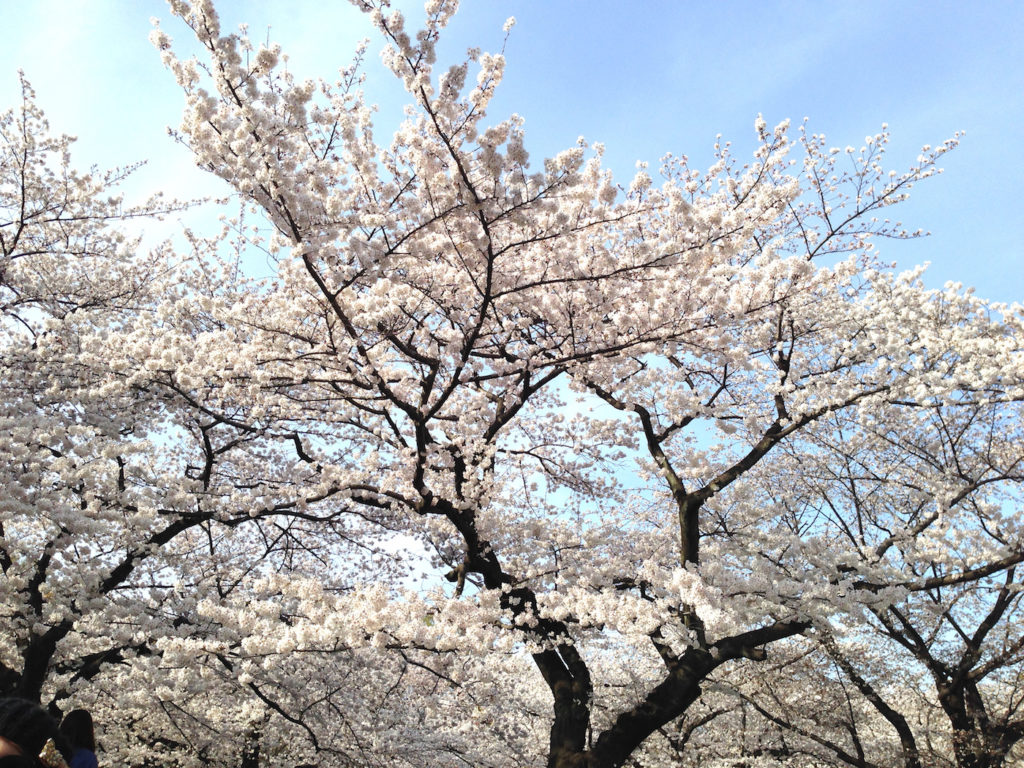
The cherry blossom, according to the language of flowers, symbolizes innocence, purity and beauty. They grow very slowly, burst into life for a brief period and then are just as quickly snatched away by wind, rain and the changes of the season. In Japanese belief, sakura represents the transience of life. You are born and live for a brief moment, then fade away. It’s a bittersweet way of viewing things and one that has a large part in shaping Japanese culture historically.
Put this in a relationship perspective. Spring is the start of the new year for schools, new workers joining companies, moving to new homes, marriage proposals… and of course, changing schools, moving away from home and many other, less positive changes. As the season of change, spring is historically a time when new relationships start (and old ones end).
Goodbyes and Hellos
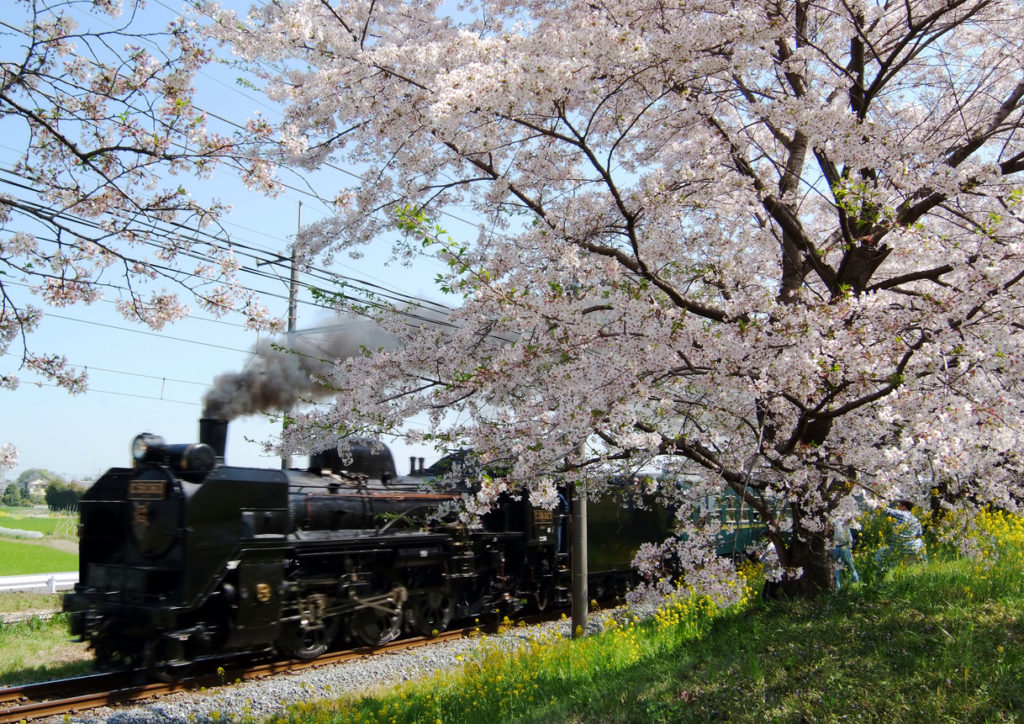 © Photo by iStock: Hiyoman
© Photo by iStock: HiyomanFor those starting at university, it’s a great time to meet new people, join clubs and activities, head out and see the city as an adult. Many people in Japan start having their first serious relationships at this time.
The same applies to work. New graduates start work in April and since the Japanese work environment will have them spend the majority of their lives at the workplace, it is common to meet their significant other there.
Or maybe you’re already dating someone and they’ve been transferred to a new department at work; Another common occurrence in spring in Japan. This will often result in him (or you) having to adjust to new tasks and responsibilities. Maybe even new, sometimes longer, overtime hours to stay on track with work. While this comes with the territory of any new job, there have been more than a few instances where either the man or woman has used this new schedule to “politely” end a relationship. So ladies, if you are unsatisfied with your partner and are looking for a change, maybe taking the Japanese approach is best for you.
In Japanese belief, sakura represent the transience of life: you are born and live for a brief moment, then fade away.
Couples that have been together longer may be faced with a different prospect come spring: job transfers. My friend had this happen to her a few years ago. Her husband came home from work around the start of April, sat her down on the sofa and told her that he was being transferred to Johannesburg at the end of the month—alone. His company wasn’t willing to pay for his wife to come too despite it being a two to five-year transfer. It almost ended their marriage. Communicate with your partner if this sort of situation comes up. It can either become the start of a new adventure together or the start of one alone.
Find Love In A Sunny Spot
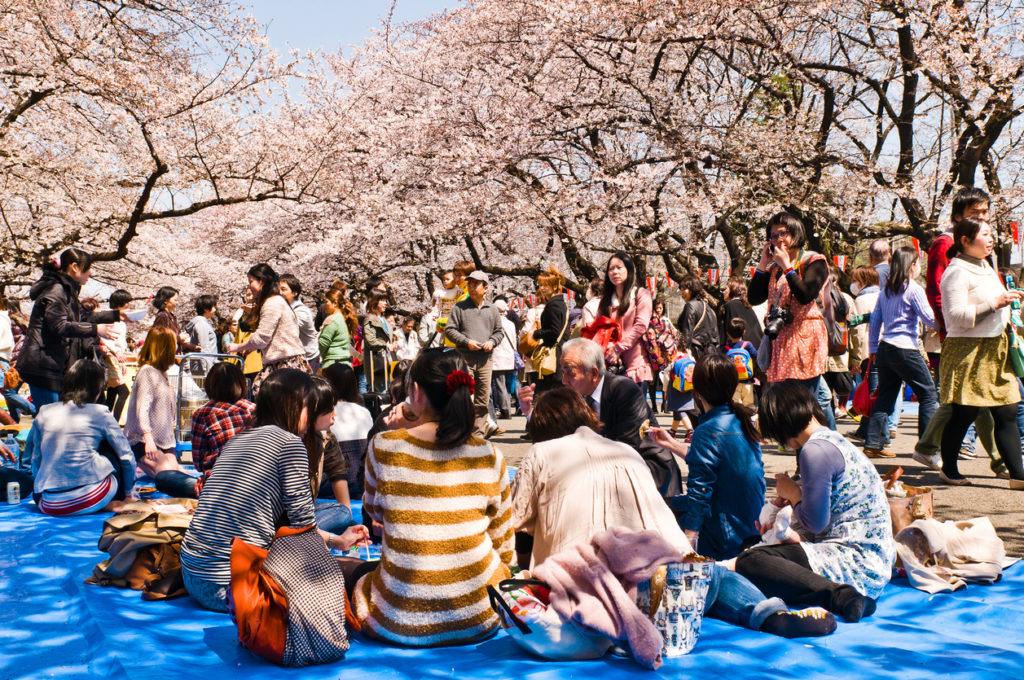 © Photo by iStock: Ghettog76
© Photo by iStock: Ghettog76Hanami parties are one of the best ways to get out and meet new people. The weather is warmer, crowds of people are gathered together to celebrate and drink, and you are surrounded by beautiful sights. Lighter moods, pleasant weather and plenty to drink; It’s like a big beer garden! Once people start to relax, they become more inclined to talk to other parties around them.
Hanami parties are one of the best ways to get out and meet new people.
One season, I was in a small party of four, all female, all foreign and by the time the sun had set, I was in a mixed group of about 20 people, from all around the world, headed to an izakaya to warm up. Don’t be afraid to speak to other groups during this time. People are a lot friendlier than you may think. You might find yourself making some new friends or meeting someone special if you open up and chat, even if you only know a few words of Japanese.
A More Subtle Sakura Romance
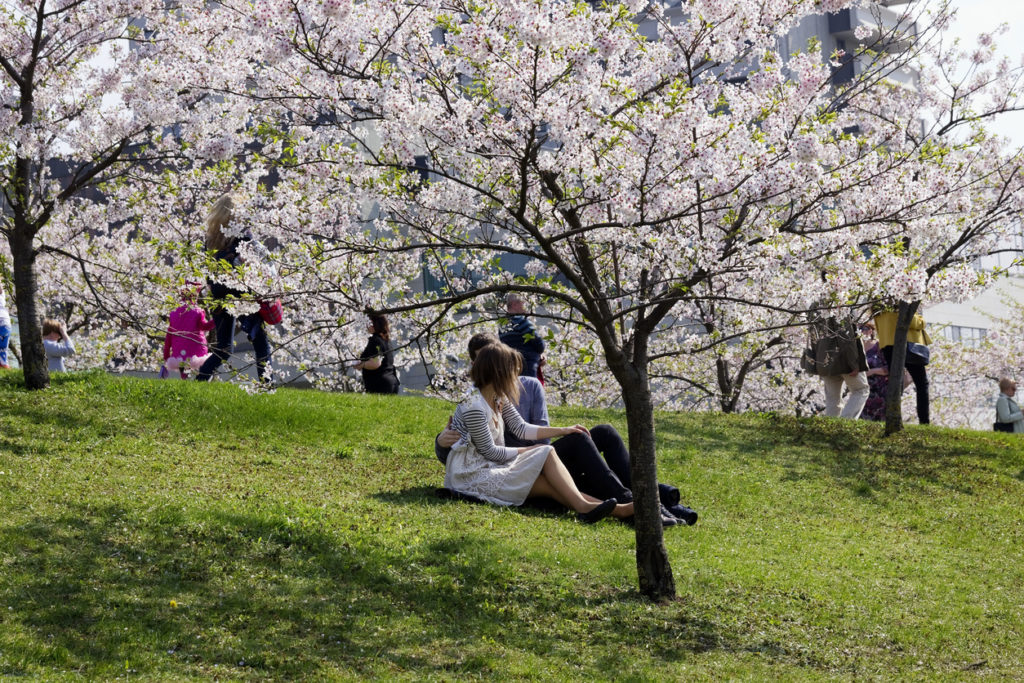 © Photo by iStock: vavlt
© Photo by iStock: vavltIf you’re more introverted, however, then hanami parties might seem a bit off-putting with all the crowds and noise. Going to a little-known spot or visiting in the early morning can be very rewarding. A Japanese male friend of mine ended up in a whirlwind, movie-like romance thanks to the morning cherry blossoms. He decided to eat breakfast in the park one day before work, along the Sumida River, and an Italian woman came along and asked to share the bench with him. They started chatting away in limited English and discovered they had a lot in common. Long story short, they dated for nearly five years.
Spring is the season of new life, change, beauty and innocence. It’s a time when the dregs of winter have been finally cleared away and everyone feels refreshed. Make the most of it and let me know what your plans are in the comments below! If you want to find me, just head to Yoyogi Park, I practically live there during hanami season.
Do you have any unique spring romance stories? Have you ever experienced meeting that special one in spring? Share your story with us in the comments or via email at askhilary@savvytokyo.com.


